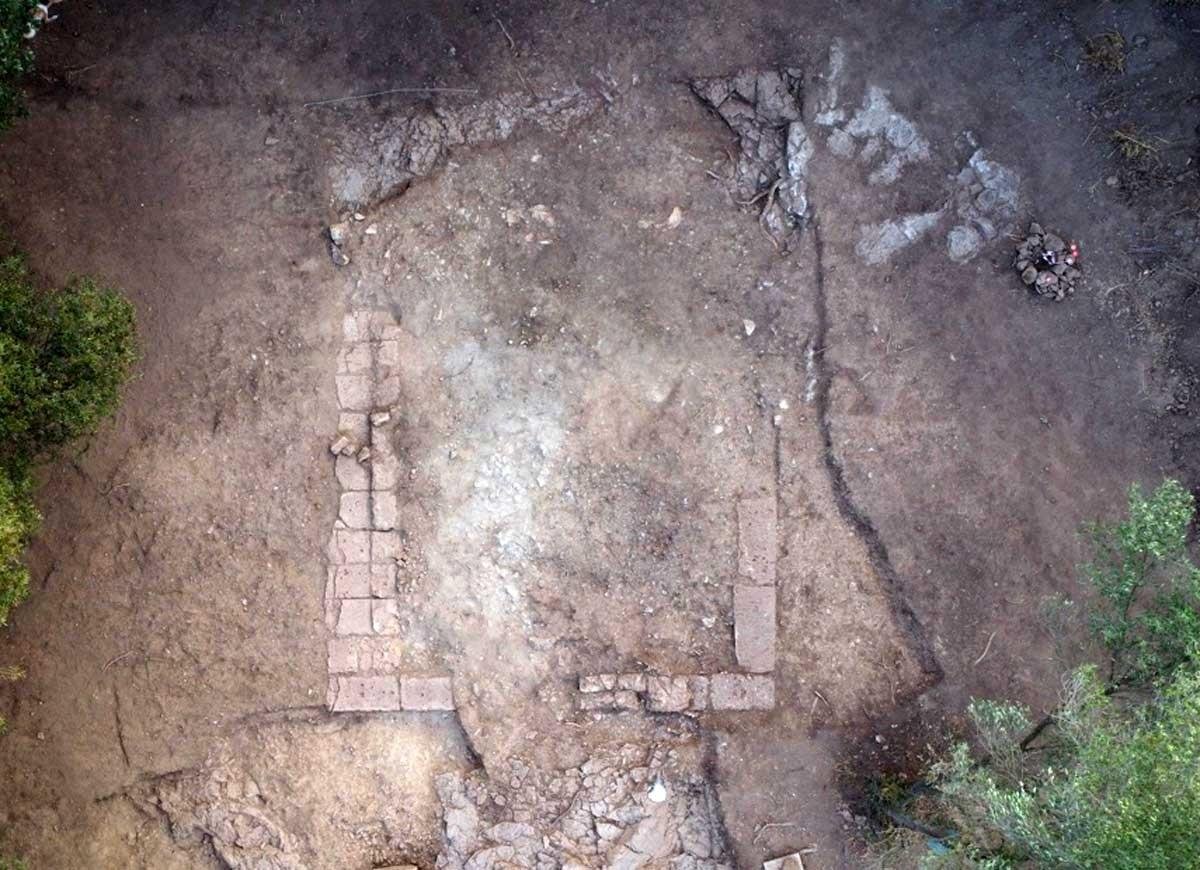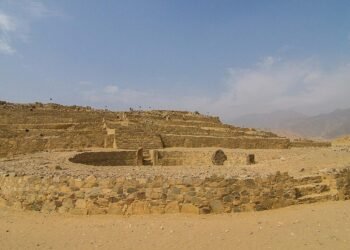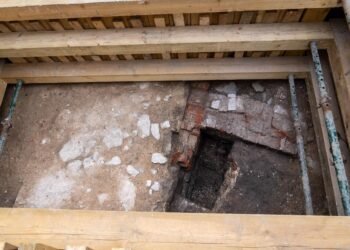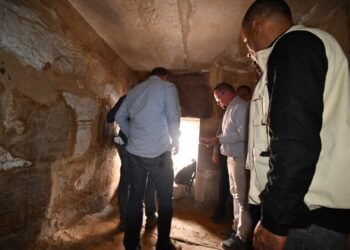Archaeologists from the Centre for Ancient Mediterranean and Near Eastern Studies (CAMNES), in collaboration with the University of Naples Federico II, have identified the foundations of a previously unknown Etruscan cult temple at the necropolis of Sasso Pinzuto in Tuscany, Italy.

The Etruscan civilization, which emerged around 900 BCE in central Italy, reached its zenith around 750 BCE before the rise of the Roman Republic shifted the political landscape. The necropolis of Sasso Pinzuto, associated with the nearby Etruscan settlement on Colle San Pietro, comprises over 120 chamber tombs dating from the 7th century BCE to the Hellenistic period. This site has been intermittently explored since the 1830s, revealing numerous funerary offerings and pottery vessels.
The recently discovered temple, or oikos, features tuffaceous opus quadratum foundations with a rectangular plan measuring 6.2 by 7.1 meters. Oriented north-northeast, it faces the access road to Colle San Pietro and occupies a strategic position overlooking the surrounding area. This discovery is particularly significant as it provides the first substantial evidence of architectural structures associated with Etruscan cult practices, previously only inferred from polychrome clay slabs found in the region.
These slabs, dating to the second quarter of the 6th century BCE, are decorated with molded reliefs depicting ceremonies, processions, banquets, and other celebrations of Etruscan elites. Until now, archaeologists had found similar broken slabs piled in ditches around burial mounds, suggesting they were architectural features of cult buildings. The discovery of the Sasso Pinzuto temple confirms these suspicions.
Professor Alessandro Naso from the University of Naples remarked, “In all likelihood, the oikos of Sasso Pinzuto will become a reference for funerary cults in other Archaic Etruscan necropolises.” The excavation site spans nearly 1,000 square meters and includes at least three mounds with crepidines integrated into the tufa and opus quadratum. North of the largest mound, with a diameter of more than ten meters, nine small pits intended for burials and cults were found.
Dr. Simona Carosi, an archaeological officer and area referent, added, “It is a further building block for the knowledge and protection of Tuscania’s archaeological sites, on which the Superintendency, together with various institutions, is working hard.”























